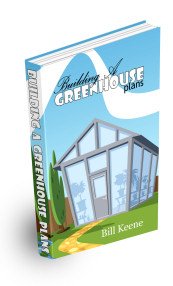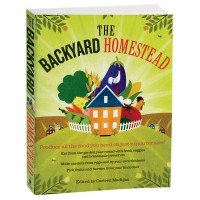
Lawns and Landscaping in May
Short List:
Grass containing crocuses, colchicums and snowdrops can be mown short now.
Sharpen your lawn mower blade monthly since a dull blade can pull grass seedlings from the soil instead of cutting them.
- Reduce thatch layers from zoysia by verticutting or core aerating
- A slope of 6 inches per 100 feet is needed for excess water to run off your lawn and not pool up on it. Also, reseed any bare spots in your new lawn immediately to keep weeds from growing.
- The average family's needs and activities change in cycles of six to seven years. The smaller the property, the greater the
landscape planning challenge. Design outdoor areas and facilities to be modified easily with your changing needs.
- Lengthening the time between waterings combined with deep, heavy watering encourages root growth while reducing top growth
in lawns. This increases the root-to-shoot ratio and produces plants that are more resistant to wilting when exposed to infrequent watering.
- Letting a young lawn grow too tall and then cutting it back to the recommended height is detrimental. Such extreme leaf removal
stops the flow of food to the roots, weakens the plants, and opens the lawn to diseases. Never let it grow so tall that you
have to cut off more than one third of the grass blade.
- Poor soil drainage can be improved by regrading and filling water-collecting areas, installing underground drain pipe/tiles,
or a combination of both. When possible, connect rain gutter down spouts to drains to carry excess water away from foundations and other undesirable areas.
- Mulch around newly planted trees and shrubs. This practice reduces weeds, reduces fluctuations in soil temperature, retains
moisture, prevents damage from lawn mowers, and looks attractive.
- Save money on mulch materials by using 1 to 2 inches of wood chips before spreading 2 inches of decorative shredded bark. Wood
chips are less expensive than shredded bark and last longer, too. Keep mulch several inches away from the trunks of trees and
shrubs so air can circulate near the trunk discouraging diseases, and so that rodents will not feed on the bark.
- When you visit gardens and arboreta, take your camera and note pad with you. Plan now for changes you will make in your landscape to add spring glory.
- For maximum landscape interest in a small space, try annual vines. They can disguise ugly walls and enliven fences. When
trellised, they create shade and privacy while hiding undesirable views. Morning glory and its relative cardinal climber (Ipomoea
spp.) can be started indoors or sown outside after the last frost date. Canary creeper (Tropaeolum spp.) can be grown in
mountainous areas. For edible ornamentals try scarlet runner beans or Chinese bitter melon (Momordica spp.).
- Plan a landscaping project on paper first. Do not over plant, be sure you know the ultimate size of each plant, and allow for growth.
- Lawns maintained at the correct height resist disease and weed infestation. Kentucky bluegrass and tall fescue should be kept
between 2 to 3 inches in height. Mow frequently, removing no more than one third of the blade at each cutting.
- Don't over water your lawn this summer. Too much water leaches nitrogen from the soil, encourages weeds, and invites disease problems.
- Creeping red fescue may be used for turf in shady, drought-prone areas. Keep this grass at 2 to 2 and 1/2 inches in height.
- If your lawn is bluegrass/fescue, resist the urge to fertilize now. Fall is the time to fertilize these grasses. Fertilizing now
will keep you behind the lawn mower all spring and increase chance of injury to your lawn from summer disease and drought.
- Moles feed on white grubs and can ruin lawns while burrowing after them. Moles can be eliminated by eliminating the grubs.
Consult your Cooperative Extension Service for current pest control recommendations.
- Grass clippings can be used as a mulch in flower beds and vegetable gardens if allowed to dry well before use. Fresh, damp,
grass clippings will mat and may attract pests. Never use clippings from a lawn that has been treated with a herbicide.
"So many seeds -- so little time."
--Author unknown


Organic Savings!

The food industry's digusting secrets exposed. How to protect yourself.
Click Here!

What's New?
Discover how to easily build an attractive and affordable greenhouse that will grow anything in any conditions. Also, building your own greenhouse just makes economical sense. You can build a greenhouse at just a fraction of the cost of buying a pre-built one. Most pre-built greenhouse you buy need to be assembled anyway, you are really just paying hugely inflated prices for the material.
Click Here!
Book of the Month


Grow the vegetables and fruits your family loves; keep bees, raise chickens, goats, or even a cow!
The Backyard Homestead shows you how it's done. And when the harvest is in, you'll learn how to cook, preserve,
cure, brew, or pickle the fruits of your labor.






 The food industry's digusting secrets exposed. How to protect yourself.
Click Here!
The food industry's digusting secrets exposed. How to protect yourself.
Click Here!
